French clock making came to light in the 17th century, when highly ornamented clocks covered in gilt bronze, known as ormolu (a gold-coloured alloy of copper, zinc and tin), were produced to keep up with the new standards of luxury set by King Louis XIV in his palace in Versailles.
In a temporary exhibition, Industrial Heritage in Egypt, at the Egyptian Museum in Tahrir, also known as Cairo Museum, is an 18th century gilded bronze clock, which once took pride of place in the office of the museum director.
Curator Shreen Amin told The Egyptian Gazette that the exhibition showcases a collection of machines that bear witness to Egypt’s industrial heritage.
The industrial revolution came to Egypt in the 19th century during the rule of Mohamed Ali Pasha (1805-1848) and by 1937 the production of textiles, sugar, vegetable oils, rice, weaponry and fertilisers was at its peak.
Amin pointed out that even as machines, they shed light on events and developments during that period.
The Railway Museum, which occupies two storeys in the Bab el-Hadid railway offices in Ramses Square, downtown Cairo, takes the visitor through the history of rail travel in Egypt. The Agricultural Museum, set in the leafy fringes of Cairo’s western suburb, Dokki, houses some of the oldest cotton-making machines.
During the Gamal Abdel Naser era (1956-1970) industry flourished with the Egyptian Iron and Steel Company, which was built 66 years ago and the first fighter aircraft, the single-engine, delta wing Helwan HA-300 took to the skies in 1964.
Back at the Egyptian Museum in Tahrir, two early 20th telephones in wood and metal, which were formerly in the office of the museum general director and the museum’s switchboard.
Another piece of office equipment is the Royal Typewriter with glass panels on each side. The Royal Typewriter Company was founded by Edward B. Hess and Lewis C. Myers in January 1904 in a machine shop in Brooklyn, New York.
The model on display here dates back to 1914. A pair of bellows wood and leather takes us back to the Middle Ages, when the blacksmith blew air into the furnace to raise the temperature high enough to make metals red-hot. Later, they were used to keep the home fires burning.
“Since there was no open fireplace in the museum, these bellows may have been to remove dust,” Amin said.
The bellows consist of two flat pieces of wood in the shape of jaws connected by a soft piece of leather, resting on one point, in which a small tube is fixed to blow the air. The edges were glued to make them airtight. Air is introduced through a small hole in the lower jaw and expelled through a tube at the narrowest point.
For printing enthusiasts are two moulds, known as clichés (from the French for ‘clicked’) printer’s jargon for stereotype, which could reproduce images and lettering repeatedly.
A bunch of metal keys attached to small metal or wooden labels referring to doors in the museum basement are worth a glance.
Industrial Heritage in Egypt, on the first floor of the Egyptian Museum in Cairo, is open until Tuesday, 30 May.
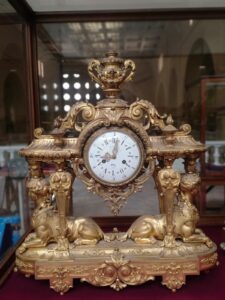
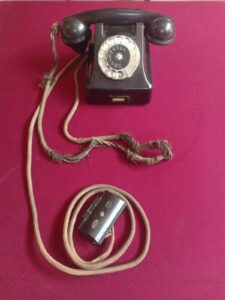
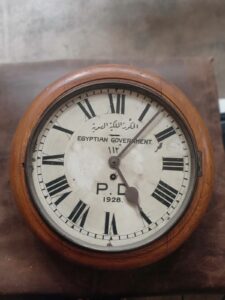
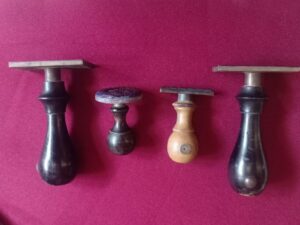
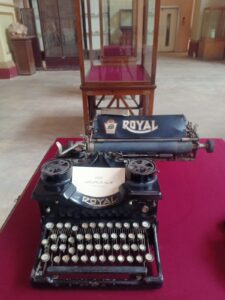



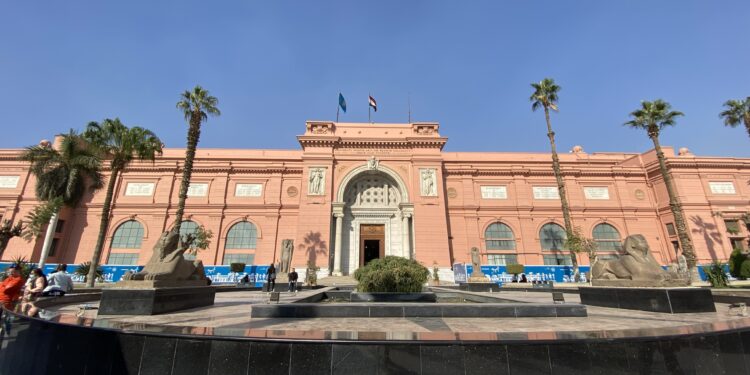


Discussion about this post